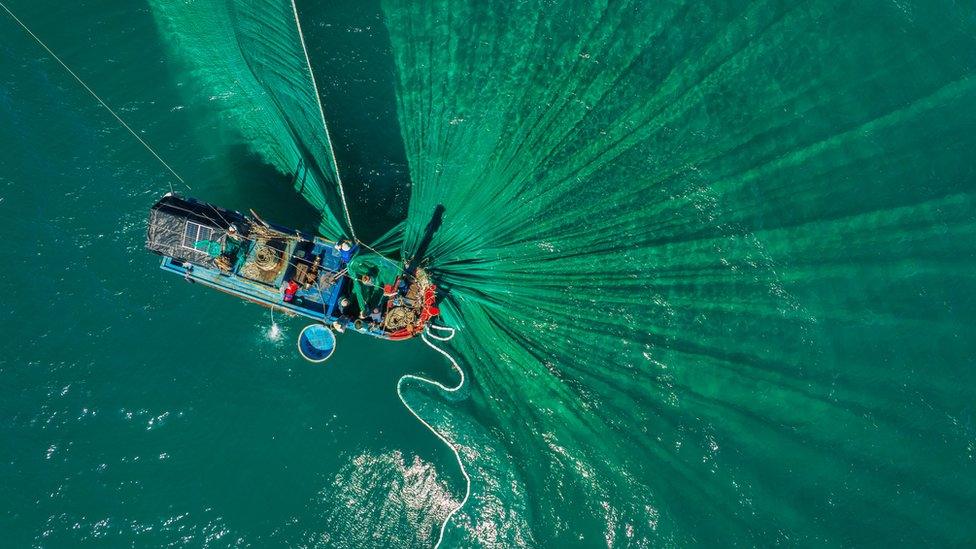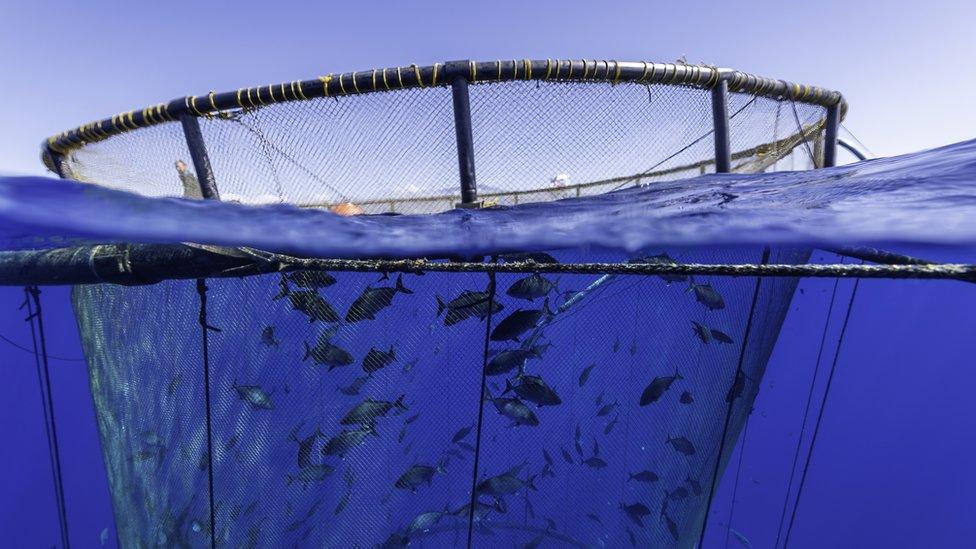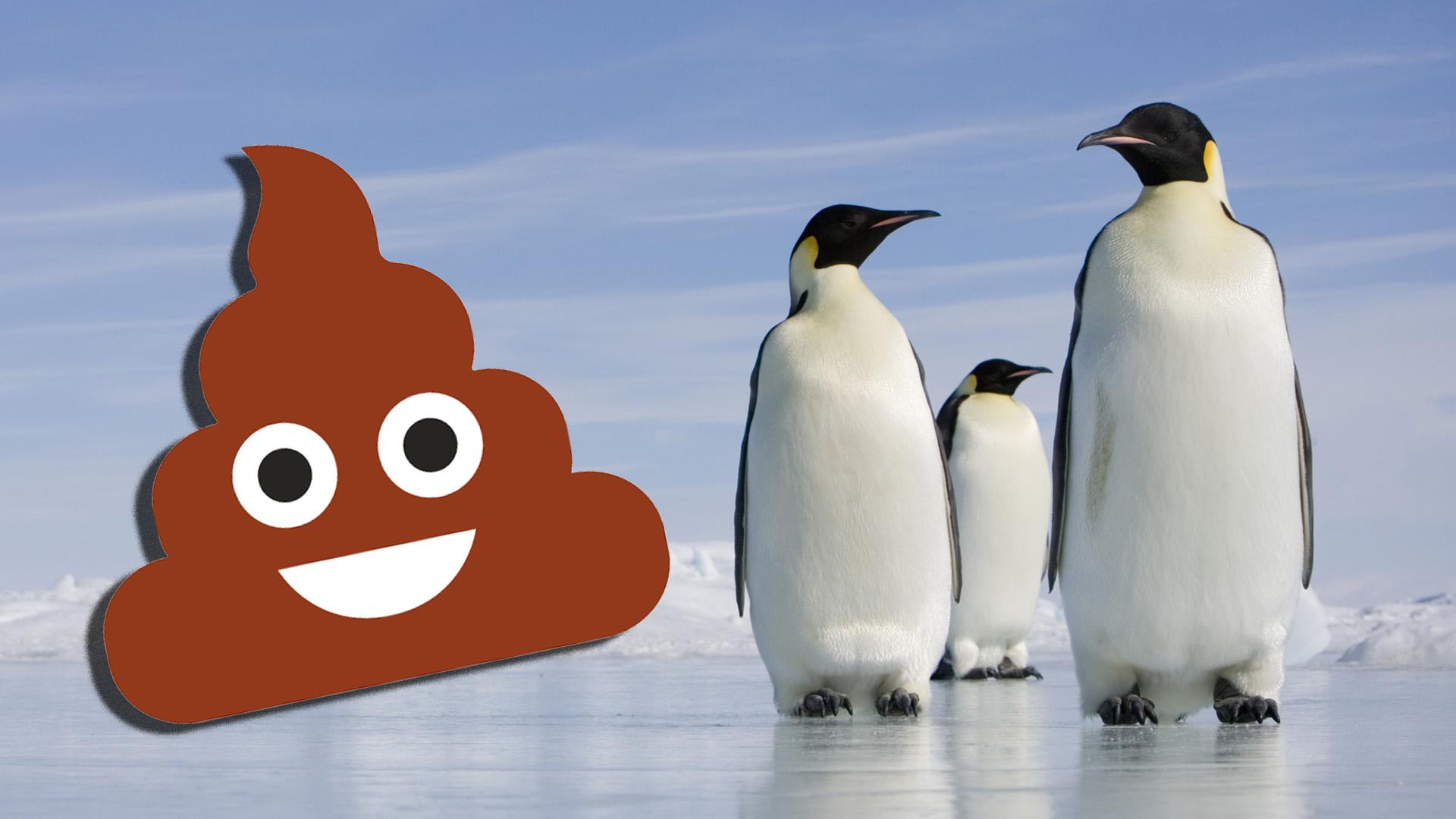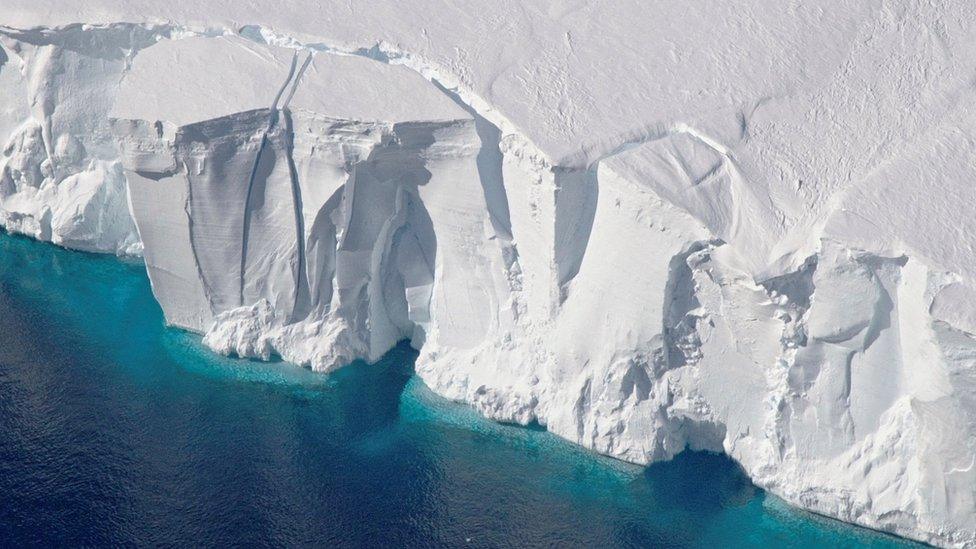Bottom trawling: Is this type of fishing bad for the environment?
- Published
- comments

A new study says bottom trawling fishing is increasing carbon emissions and contributing to climate change.
Bottom trawling is a type of fishing where heavy nets are dragged along the ocean floor to catch fish, damaging the ocean seabed and releasing carbon.
Scientists from the US and Australia have calculated that the practice releases around 370 million metric tonnes of carbon dioxide a year - the equivalent to the annual emissions from more than 66 million cars.
The study, published in Frontiers science journal, says 55-60% of the carbon released by this method of fishing eventually escapes into the atmosphere as CO2 over the span of nine years.
Not all scientists agree about the impact bottom trawling has on the environment.
Researchers from the Lycell Centre argue that the calculations used in the study overestimate how much CO2 is released from the sediment at the bottom of the sea.
They also say the authors of the study haven't taken into account the important role of the carbon and how reactive it is in different types of marine sediment.
Professor Michel Kaiser said: "We know that bottom trawling can disrupt the carbon cycling processes and biodiversity in the ocean and welcome further research into how this can be responsibly managed whilst supporting the fisheries industry.
Dr Marija Sciberras added: "Without gathering data from un-trawled control sites, it is not possible to properly address the question whether the release of carbon is increased by trawling."

How is carbon stored on the ocean seabed?
Animals that live on the sea floor like corals, sponges and snails extract carbon from their food and the surrounding water to help them grow their skeletons.
When they die, their bodies get trapped beneath the sediment along with all of that carbon.
But when a heavy net disturbs the seabed, it releases the trapped carbon.
The recent study, called Atmospheric CO2 emissions and ocean acidification from bottom trawling, estimated that 55-60% of the carbon dioxide released in this way ends up in the atmosphere.

Sediment is found on the ocean flood and contains carbon
What's the solution?
The UK government announced plans in 2021 to create special areas in England's seas, where any activity that could harm wildlife or animal habitats would be banned.
The Marine Conservation Society (MCS) and Rewilding Britain are calling on the government to focus on rewilding our oceans so the country can meet its goal of net zero carbon emissions by 2050.
According to the new research, bottom trawling emits the most emissions in the East China Sea, the Baltic Sea, the North Sea, and the Greenland Sea.
- Published27 January 2024

- Published24 January 2024

- Published10 January 2024

